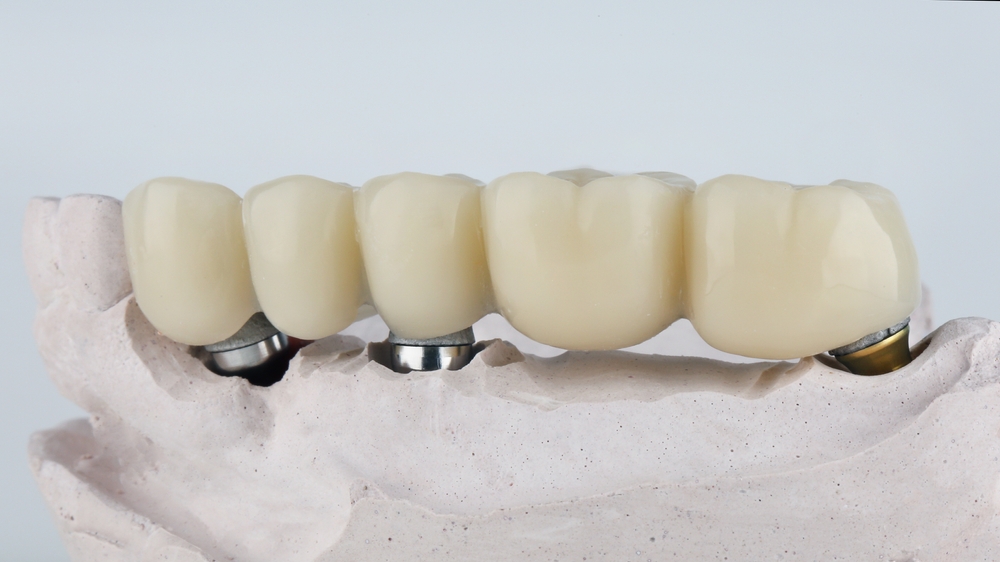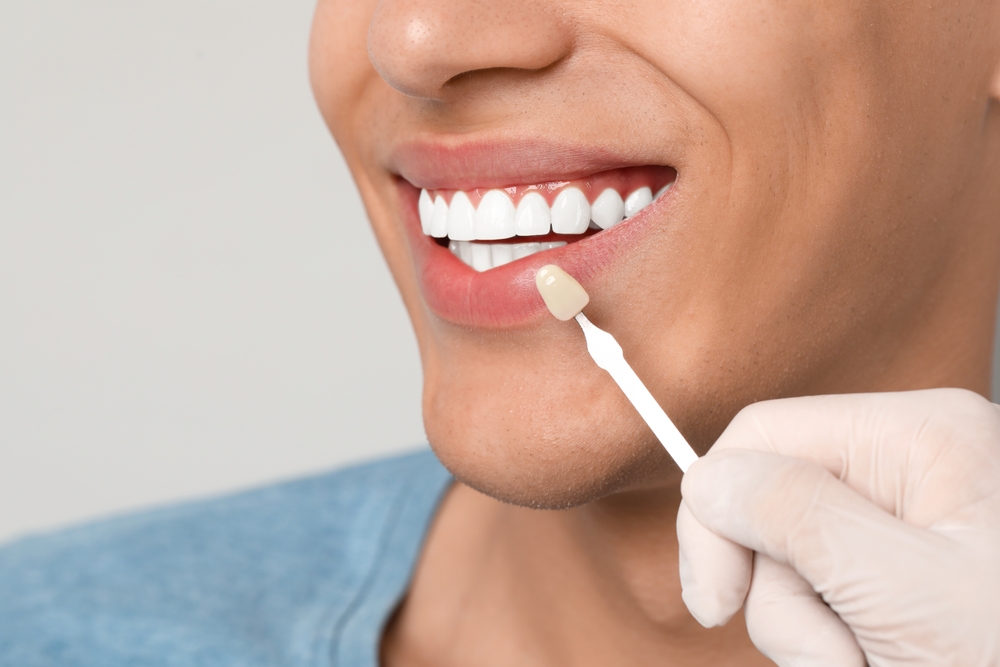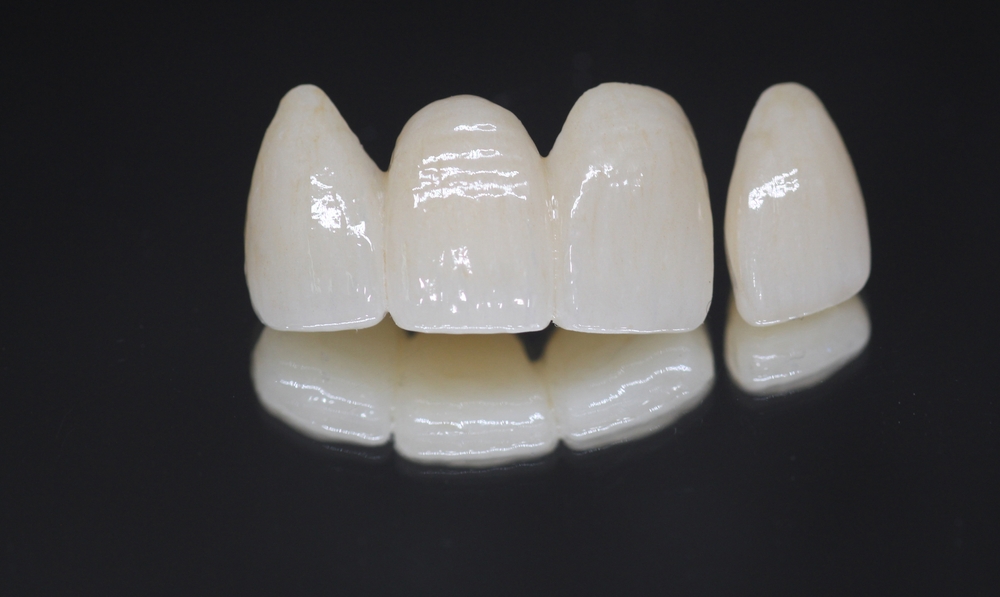Missing teeth can significantly impact a patient’s oral health, appearance, and confidence. Dental bridges are a proven solution for replacing one or more missing teeth, restoring not only the functionality of a natural smile but also preventing complications such as tooth shifting and bone loss. With various types of dental bridges available, each tailored to specific clinical needs, understanding their applications is essential for optimal patient care. Dental labs play a crucial role in this process, crafting custom-made bridges that meet the highest standards of durability, aesthetics, and fit. This blog explores the different types of dental bridges and their applications, helping dental professionals make informed decisions for their patients.
What Are Dental Bridges?
Dental bridges are restorative dental appliances designed to replace one or more missing teeth by spanning the gap left behind. They consist of two main components: pontics (artificial teeth) that replace the missing teeth and abutments that anchor the bridge in place. The abutments are typically natural teeth or dental implants that support the pontics, ensuring a stable and functional restoration.
Dental bridges not only restore the ability to chew and speak effectively but also help maintain facial structure by preventing adjacent teeth from shifting into the gap. By distributing the forces of your bite more evenly, bridges can also alleviate undue stress on other teeth. This makes them a crucial option for preserving long-term oral health and function.
Types of Dental Bridges and Their Applications
Dental bridges come in several types, each designed to address specific clinical scenarios. Choosing the right bridge depends on factors such as the location of the missing teeth, the health of adjacent teeth, and the patient’s overall oral health. Here’s an overview of the main types of dental bridges and their applications:
Traditional Dental Bridges
Traditional dental bridges are the most common type. They use crowns cemented onto the natural teeth on either side of the gap to hold one or more artificial teeth (pontics) in place. These bridges are ideal for patients with strong, healthy adjacent teeth and are suitable for both anterior and posterior areas. They offer excellent durability and aesthetics, particularly when crafted from materials like porcelain or ceramics, though they require preparation of the supporting teeth, which involves removing some healthy structure.
- Applications: Ideal for patients with strong, healthy teeth adjacent to the missing tooth or teeth.
- Suitable for both anterior and posterior teeth, offering strength and durability.
- Advantages: Long-lasting and strong, particularly for high-bite-force areas like molars. Offers a natural appearance when made with materials like porcelain or ceramic.
- Considerations: Requires preparation of adjacent teeth, which may involve removing healthy tooth structure.
Cantilever Bridges
Cantilever bridges, on the other hand, are anchored by a single supporting tooth instead of two. This makes them a good option when only one adjacent tooth is available for support, such as in the front of the mouth. They require less preparation than traditional bridges, but because they rely on one tooth, they are not recommended for back teeth where biting forces are stronger, as this can increase the risk of damage to the abutment tooth.
- Applications:Suitable for areas with lower biting force, such as front teeth. Useful when only one adjacent tooth is available for support.
- Advantages:Requires less preparation of surrounding teeth. A viable option when traditional bridges are not feasible.
- Considerations: Not recommended for back teeth due to the risk of excessive force damaging the abutment tooth.
Maryland (Resin-Bonded) Bridges
Maryland bridges use a metal or porcelain framework bonded to the backs of adjacent teeth to hold the pontic in place. Maryland bridges are ideal for replacing missing front teeth, as they are minimally invasive and preserve the structure of the adjacent teeth. However, they are less durable than other types and are best suited for low-stress areas.
- Applications: Ideal for replacing missing front teeth. Suitable for patients with healthy adjacent teeth and minimal tooth wear.
- Advantages: Minimally invasive, as it doesn’t require crowning adjacent teeth. Aesthetic and conservative, preserving natural tooth structure.
- Considerations: Less durable than traditional bridges, with a higher likelihood of debonding. Best for low-stress areas like the anterior region.
Implant-Supported Bridges
Implant-supported bridges provide a durable and innovative option for patients missing multiple teeth in a row. Instead of relying on natural teeth for support, these bridges are anchored to dental implants. This makes them highly stable and eliminates the need to alter adjacent teeth. Implant-supported bridges are an excellent solution for patients with sufficient bone density, as they mimic the look and feel of natural teeth. Although the initial cost and treatment time are higher due to the implant healing process, they offer long-term durability and function.
- Applications: Ideal for patients with multiple missing teeth in a row. Suitable when natural teeth are not viable as abutments.
- Advantages:Does not require alteration of adjacent natural teeth. Extremely durable and stable, mimicking the feel and function of natural teeth.
- Considerations: Requires sufficient bone density for implant placement. Higher upfront cost and longer treatment time due to the implant healing process.
Each type of dental bridge addresses specific patient needs, allowing for customized treatment plans that restore function and aesthetics. Dental labs play an essential role in fabricating these bridges, ensuring they fit seamlessly into the patient’s mouth and provide long-term comfort and reliability.
Conclusion
Dental bridges are a versatile and effective solution for replacing missing teeth, with options tailored to meet the unique needs of each patient. Whether it’s the durability of traditional bridges, the minimal invasiveness of Maryland bridges, or the advanced stability of implant-supported bridges, each type serves a specific purpose in restoring oral function, aesthetics, and overall health. By understanding the applications and benefits of these options, dental professionals can collaborate with dental labs to deliver high-quality restorations that improve patients’ quality of life. With precision craftsmanship and personalized care, dental bridges not only restore smiles but also help maintain long-term oral health and confidence.




